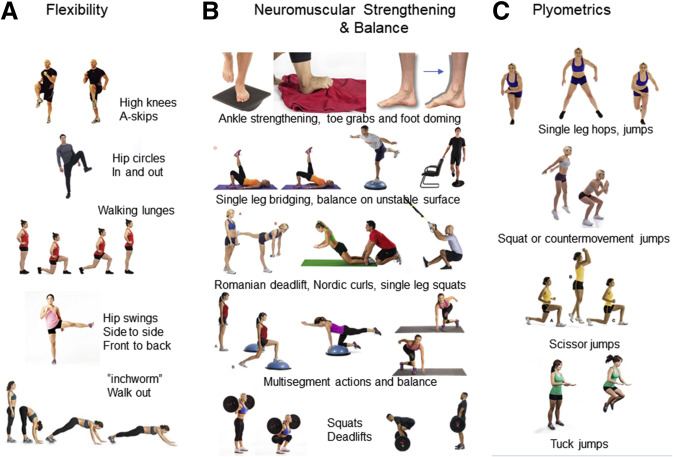Introduction:
Embarking on a fitness journey is an empowering decision, but it's crucial to prioritize injury prevention and recovery to ensure long-term success and sustainability. In this blog, we'll discuss essential tips for safe training, including strategies to prevent injuries, recognize warning signs, and promote effective recovery to keep you on track towards your fitness goals.
- Listen to Your Body: One of the most important principles of injury prevention is learning to listen to your body. Pay attention to any signs of discomfort, pain, or fatigue during workouts, and don't ignore them. Pushing through pain can lead to overuse injuries and long-term damage. If something doesn't feel right, adjust your workout intensity, technique, or duration accordingly.
- Warm-Up Properly: A thorough warm-up is essential for preparing your body for exercise and reducing the risk of injury. Start with dynamic movements that increase blood flow to your muscles and joints, such as jogging in place, arm circles, leg swings, and bodyweight squats. Gradually increase the intensity and range of motion to activate your muscles and improve flexibility and mobility.
- Incorporate Strength and Stability Training: Strength training and stability exercises are crucial for building resilience and protecting your body against injuries. Focus on exercises that target major muscle groups, as well as smaller stabilizing muscles, to improve overall strength, balance, and joint stability. Include exercises like squats, lunges, deadlifts, planks, and rows in your routine to address imbalances and weaknesses.
- Maintain Proper Form and Technique: Maintaining proper form and technique is essential for preventing injuries and maximizing the effectiveness of your workouts. Pay attention to alignment, posture, and movement patterns during exercises, and avoid compensating with incorrect form. If you're unsure about proper technique, consider working with a certified personal trainer or fitness instructor to receive guidance and feedback.
- Gradually Progress Workouts: Progressing your workouts gradually is key to preventing overuse injuries and allowing your body to adapt safely to increasing demands. Avoid sudden spikes in training volume or intensity, and aim to increase workload, duration, or intensity gradually over time. Incorporate rest days, active recovery, and deload weeks into your training schedule to prevent burnout and promote recovery.
- Prioritize Recovery: Recovery is just as important as training itself for preventing injuries and optimizing performance. Make sure to prioritize adequate rest, sleep, and nutrition to support your body's recovery processes. Incorporate foam rolling, stretching, yoga, or massage therapy to reduce muscle tension, improve flexibility, and enhance recovery between workouts.
- Listen to Your Body: Finally, if you do experience an injury, it's crucial to listen to your body and give yourself the time and space to heal properly. Avoid pushing through pain or returning to intense workouts too soon, as this can exacerbate the injury and lead to further complications. Consult with a healthcare professional if you're unsure about the severity of an injury or need guidance on the best course of action for recovery.
Conclusion:
Injury prevention and recovery are essential components of safe and effective training. By prioritizing proper warm-up, strength and stability training, form and technique, gradual progression, recovery, and listening to your body, you can minimize the risk of injuries and stay on track toward your fitness goals. Remember that consistency, patience, and self-care are key to long-term success in your fitness journey.






Comments